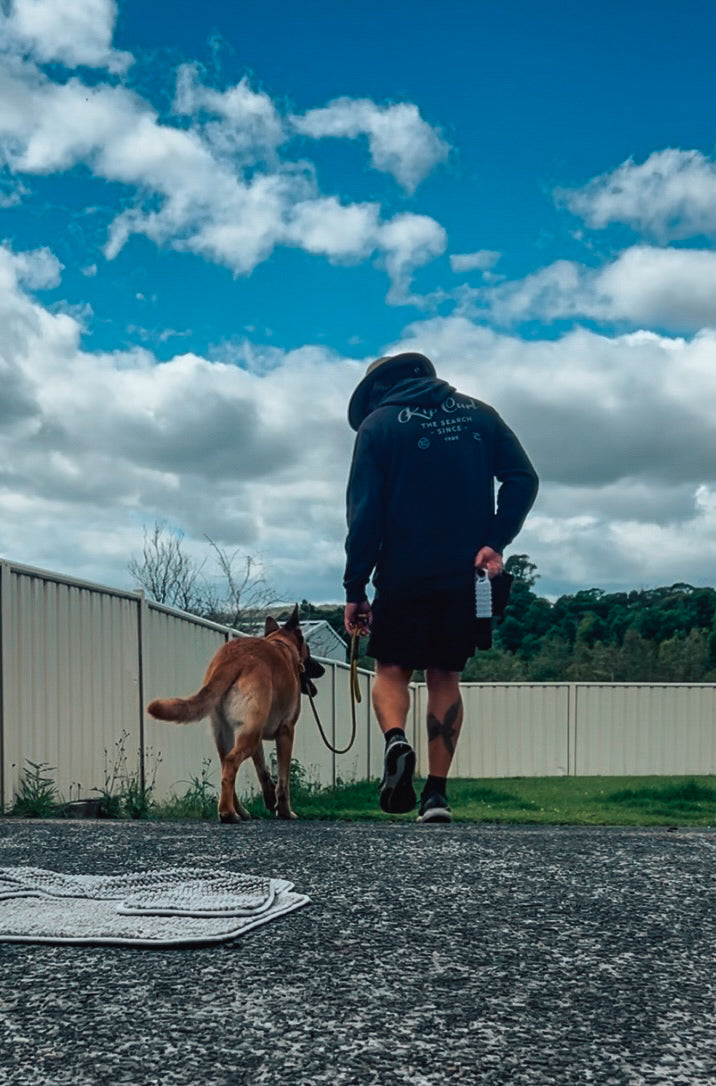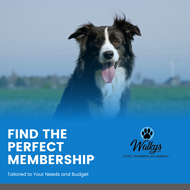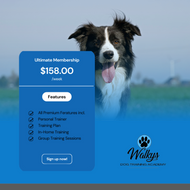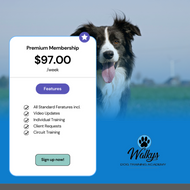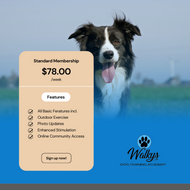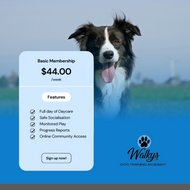February 13, 2025
How to Stop the Pull and Start the Walk You’ve Always Wanted
Walking your dog shouldn’t feel like a battle.
Yet, so many owners find themselves dragged down the street, tangled in the leash, or exhausted from constant pulling.
It doesn’t have to be this way.
At Walkys Dog Training Academy, we believe in more than just “stopping pulling”—we believe in creating a bond, a rhythm, and a walk that both you and your dog enjoy.
So if you’ve been wondering:
✔ Why does my dog pull?
✔ How do I actually fix it?
✔ What tools and techniques should I use?
This blog is your ultimate guide.
No fluff. No gimmicks. Just real, actionable training that works.
Let’s get started. 🚀🐾
Why Your Dog is Pulling (And Why It’s Not Their Fault)
First things first—your dog isn’t pulling to annoy you.
They don’t wake up and think, “You know what? Today, I’m going to make this walk miserable.”
Pulling happens because:
📌 Something is reinforcing it—whether that’s getting to move forward, sniffing, or reaching a distraction.
📌 Excitement and over-arousal make it hard for them to listen.
📌 They’ve never been taught a better way to walk.
The biggest mistake owners make?
Thinking their dog knows better.
If the pulling hasn’t stopped, it’s because they’ve never truly learned how to walk calmly.
Your job? Teach them.
How Dogs Learn: The Science Behind Loose Leash Walking
Training isn’t about dominance, stubbornness, or outdated myths.
It’s about reinforcement, consistency, and communication.
Dogs learn through cause and effect—meaning:
➡ If pulling = forward movement, they’ll keep doing it.
➡ If a loose leash = reward and progress, they’ll do that instead.
Simple, right?
But here’s the catch—most owners accidentally reinforce pulling without realising it.
✔ Stopping occasionally, but still letting them pull forward.
✔ Using treats, but not actually stopping the unwanted behaviour first.
✔ Thinking "they should know better."
If you want a better walk, you need a better approach.
Step 1: The Right Tools for the Right Job
Let’s talk gear.
Harness or collar? Slip leash or head halter? What actually works?
🔹 Harnesses encourage pulling – They remove leash pressure, making it easier for dogs to lean forward and pull harder.
🔹 Slip leashes provide clear communication – They allow you to guide your dog, stop pulling instantly, and even prevent it before it happens.
🔹 Flat collars offer control but lack precision – They’re great for everyday wear, but not always ideal for leash training.
✅ Our Recommendation: Use a slip leash for the best balance of clarity, communication, and control.
Step 2: The Loose Leash Formula—Training That Works
Now that you’ve got the right gear, here’s the step-by-step method to actually stop the pulling.
1️⃣ The Art of Stopping
🔹 Why? Movement fuels pulling. If you stop moving, the reinforcement stops.
🔹 How? The moment your dog pulls—freeze. Wait for slack in the leash, then move forward again.
🔹 Key Tip: Don’t let them pull even a little—zero tension = zero pulling.
2️⃣ The Turn Away Method
🔹 Why? Dogs pull because forward = reward. If pulling leads nowhere, they stop.
🔹 How? The moment they pull, turn 180° and walk the opposite way.
🔹 Key Tip: Don’t hesitate—turn smoothly and confidently.
3️⃣ The Heel Zone
🔹 Why? If they don’t know where to be, they’ll pick a position (which is usually ahead of you).
🔹 How? Reward them for staying next to you, not just for coming back after pulling.
🔹 Key Tip: Reinforce engagement—the more they check in with you, the less they focus on distractions.
4️⃣ The Engagement Game
🔹 Why? If your dog is focused on you, they can’t focus on pulling.
🔹 How? Call their name, reward eye contact, and make the walk interactive.
🔹 Key Tip: Engagement isn’t bribery—it’s reinforcing connection.
5️⃣ Proofing Against Distractions
🔹 Why? Dogs don’t generalise well—what works in the backyard won’t work at the dog park.
🔹 How? Increase distractions gradually, rewarding calmness and engagement.
🔹 Key Tip: If they can’t listen, move further away until they can.
Step 3: Fixing Real-World Problems (Because No Walk is Perfect)
Pulling is just one issue. What about:
🔸 Lunging at other dogs?
🔸 Sniffing everything in sight?
🔸 Leash reactivity?
The Fix: Identify the Reinforcement Pattern
🐾 Pulling toward dogs? → They’ve been rewarded with greetings before. Solution? Only allow greetings when they remain calm.
🐾 Lunging at distractions? → Their adrenaline is spiking. Solution? Engage them before they react, not after.
🐾 Sniffing everything? → The environment is self-rewarding. Solution? Allow sniffing as a reward, not a default behaviour.
The key? If a behaviour keeps happening, it’s being reinforced somewhere. Find the reinforcement, and you can change the behaviour.
Beyond the Walk—How to Build a Stronger Bond
Loose leash walking is just the start.
A fulfilled dog isn’t just one that walks well—it’s one that gets mental stimulation, proper training, and a clear structure.
✅ Engagement and presence matter. Your dog bonds with the person who leads them, not just the one who feeds them.
✅ Training is communication. Every interaction is a learning moment—use it wisely.
✅ Mental stimulation is as important as physical exercise. Structured activities prevent frustration and create deeper connection.
Want a dog that follows you, trusts you, and walks with you—not just next to you?
Give them more than just exercise—give them fulfilment.
Ready to Transform Your Walks? Let’s Do This.
You’ve got the knowledge. Now it’s time to put it into action.
📍 Need more help? Book a consultation with us at www.walkys.com.au.
📧 Questions? Email us at admin@walkys.com.au.
📲 Follow us for daily training tips @WalkysDogTraining on Instagram & Facebook.
Your dog is waiting.
Grab the leash, step outside, and start walking the walk. 🚀🐕

